Description
Please help in PythonPART B: Network/Traffic Flow Part B1: Background Concepts for Network/Traffic Flow Network analysis plays an important role in many industries such as engineering, information theory, and the study of transportation systems. The following analysis of traffic flow through a road network illustrates how systems of linear equations with many solutions can arise in practice. Consider the typical road network of Figure 1. It represents an area of a downtown city. The streets are all one-way, with arrows indicating the direction of traffic flow. The flow of raffic in and out of the network is measured in terms of vehicles per hour (vph). We can construct a mathematical model that can be used to analyze this network. Assume the following traffic law applies: All traffic entering an intersection must leave that intersection. This conservation of flow constraint (similar to Kirchoff’s Current Law) leads to a system of linear equations: Intersection A: Traffic in = 𝑥1 + 𝑥2 Traffic out = 400 + 225 Traffic A: 𝑥1 + 𝑥2 = 625 Intersection B: Traffic in = 350 + 125 Traffic out = 𝑥1 + 𝑥4 Traffic B: 𝑥1 + 𝑥4 = 475 Intersection C: Traffic in = 800 + 225 Traffic out = 𝑥2 + 𝑥3 Traffic C: 𝑥2 + 𝑥3 = 1050 Intersection D: Traffic in = 𝑥3 + 𝑥4 Traffic out = 600 + 300 Traffic D: 𝑥3 + 𝑥4 = 900 These constraints on the traffic are described by the following system of linear equations: 𝑥1 + 𝑥2 = 625 𝑥1 𝑥4 = 475 𝑥2 + 𝑥3 = 1050 𝑥3 + 𝑥4 = 900 The method of Gauss-Jordan elimination can be used to solve this system of equations. The augmented matrix and reduced row-echelon form of the above system are as follows: The row-echelon form (ref) of a matrix is obtained from the gauss elimination and has the following properties: • All rows of zero are at the bottom • The leading entry (the left-most nonzero entry) of every nonzero row is to the right of the leading entry of every row above. • Any (m x n) matrix can be in row-echelon form. • Some matrices in row-echelon form are also in upper triangular form if the matrix is a square matrix. Reduced row echelon form (rref) “reduces” the row echelon form by requiring the additional conditions: • The leading entry in each nonzero row is 1 • Each leading 1 is the only nonzero entry in its column The system of equations that corresponds to this reduced row-echelon form is Expressing each leading variable in terms of the remaining variable, we get As perhaps might be expected, the system of equations has many solutions (x4 is our free variable) and therefore, many traffic flows are possible. A driver does have a certain amount of choice at intersections.Part B2: Assignment for Network/Traffic Flow The following figure represents the traffic entering and leaving a “roundabout” road junction. Construct a mathematical model that describes the flow of traffic along the various branches using the values of Flow 1, Flow 2, Flow 3, Flow 4 as input variables.Part B2.1: Write a program that accepts for the four different flow numbers as input values. (Flow 1, Flow 2, Flow 3, Flow 4). Create an augmented matrix from the constraints on the traffic described by the system of linear equations. Part B2.2: Solve this system using the Gauss-Jordan elimination method (use a library) and output the resulting matrix.




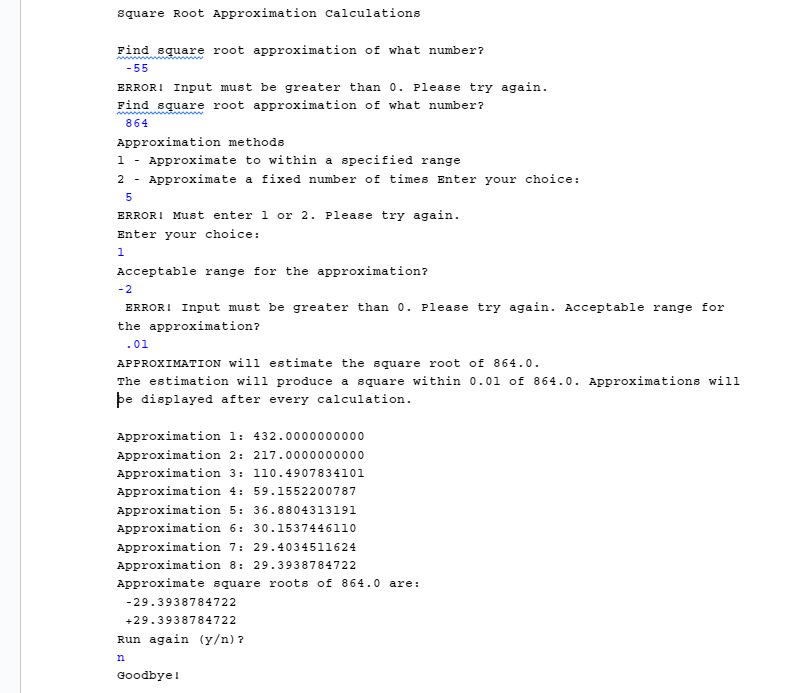
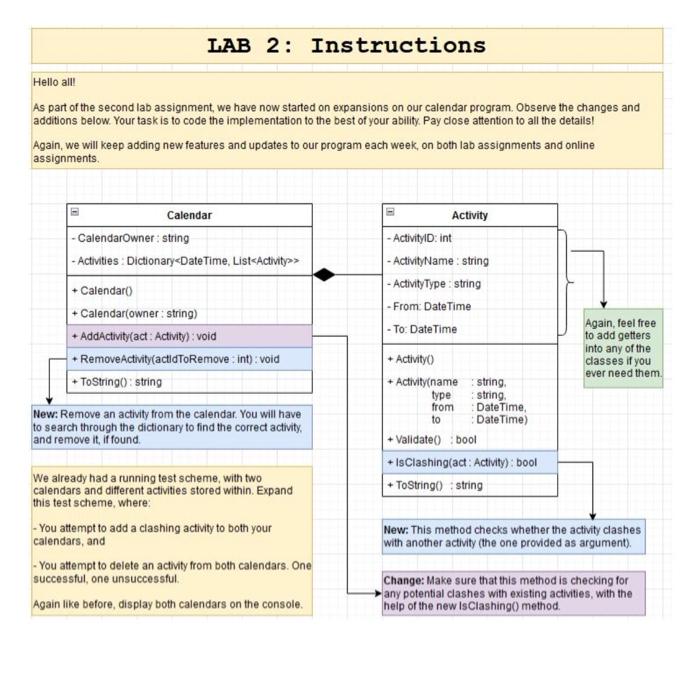
![3. Tuple Comprehension: a. Create a tuple with numbers from 1 to 10. b. Create a new tuple that contains the squares of each number in the original tuple using tuple comprehension. c. Print the original and new tuple. 4. Dictionary and List: a. Create a dictionary of items and their prices. b. Create a shopping list as a list of tuples, where each tuple contains an item and the quantity you want to buy. c. Calculate the total cost of your shopping list. d. Print out the items and quantities in your shopping list along with their total cost. 5. Given the following two lists, print the elements from the color list whose index is listed in the favorite list: color = [Red, Green, White, Black, Pink, Yellow] favorite = [1, 4, 3]](https://gotit-pro.com/wp-content/uploads/2023/10/2634da87-0fcd-41b2-93dd-54928f2e0de3.jpg)
![Perform the following tasks on your lab machine: 1. Create a list with the following numbers (100, 300, 500, 2300, 2500) using the range function and answer the following: a. Print the length of the list b. Print the elements in the list such that each element appears in a separate line c. Print the average of all the items in the list d. Replace the maximum element of the list with the average value of the list e. Insert a new element at index 7. The value of the new element is the nth root of the value that is located in the middle of the list. Take n from the user. f. Write a for loop to print the last 3 elements in the list in reverse order g. Divide the list into two new lists where the first 3 elements will be in list X and the remaining elements will be in list Y. Print both lists. 2. Create two empty dictionaries dict1 and dict2: a. Create dict1. dict1 has two keys: 'car type' and 'size'. The value of each field is obtained from the user. b. Create dict2. dict2 has three keys: 'engine', 'origin', and 'date of release'. The value of each field is obtained from the user. The value of "date of release" is a dictionary {'day': value, 'month': value, 'year': value]. c. Add another field 'color' to dict1 and initialize it with your favorite color. d. Using the values stored in dict1 and dict2, print the following statement: "The car type is considered a size car. It has an engine CC engine. It is released on day/month/year". e. Merge both dictionaries into one dictionary called dict. f. Use the keys() method to print the following sentence: "The keys of dict2 are: engine, origin, and date of release".](https://gotit-pro.com/wp-content/uploads/2023/10/60a12885-bc90-4a0c-aacb-ca765f70006e.jpg)
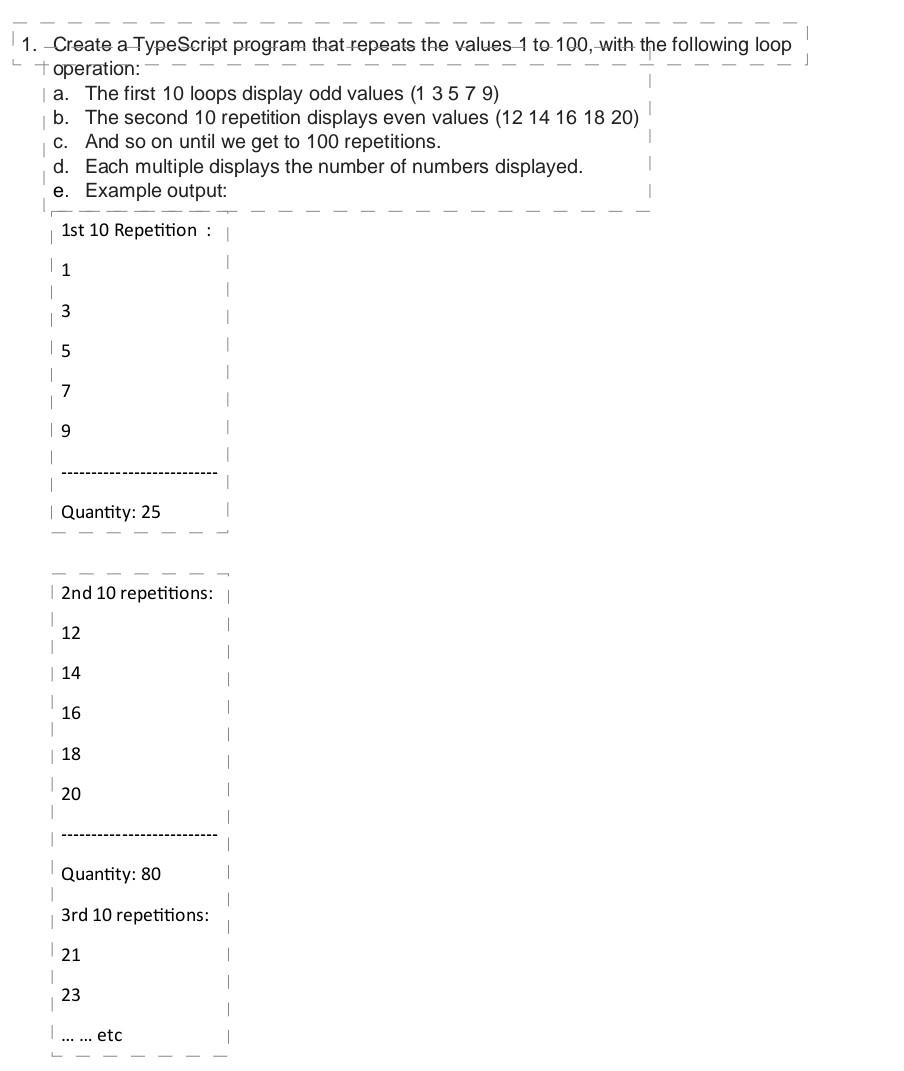

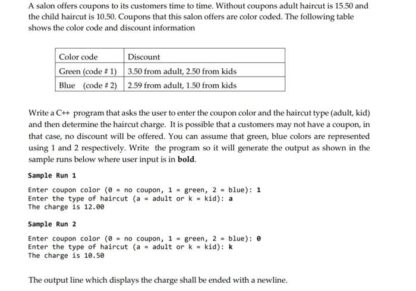
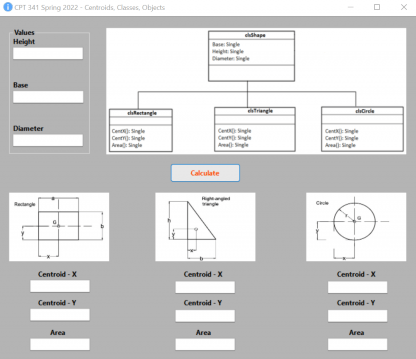
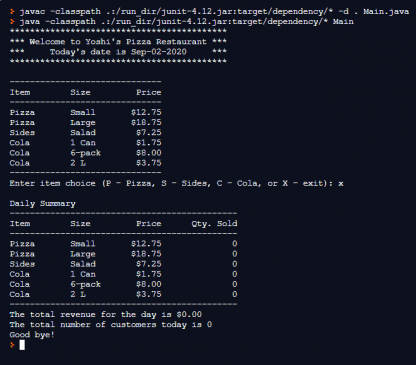
Jed Friend –
Great quality solution, Done way before time
Jonathan Cooper –
Second time coming to this website for a paper and it worked out great.